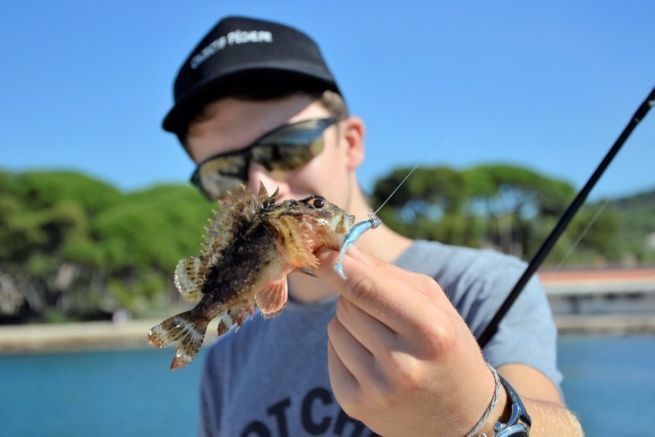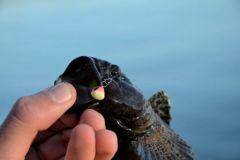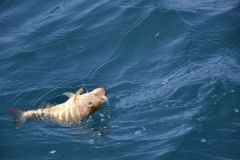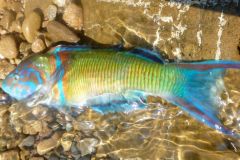Natural structures
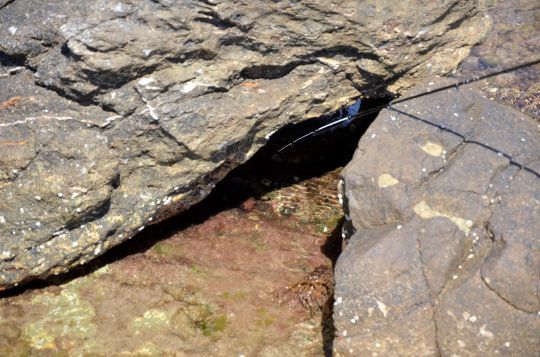
The sea shore is full of potential shelters for rock fish. The rocky coasts are obviously the most prized by these fish. Rockfish can be found on the beach if they find a few rocks that are comfortable enough.
For a fish to feel safe, it needs several things, including a crevice deep enough for it to escape predators. It also needs enough room to turn around in its hole and watch the entrance easily.
The light should not penetrate too much in this hiding place, predators could spot the rockfish more easily. The darkness also allows them to hunt shrimps, crustaceans and small fishes that would approach a little too close.
An additional advantage would be to have the current facing the hole, bringing easy food directly into the mouths of the fish.
Man-made structures
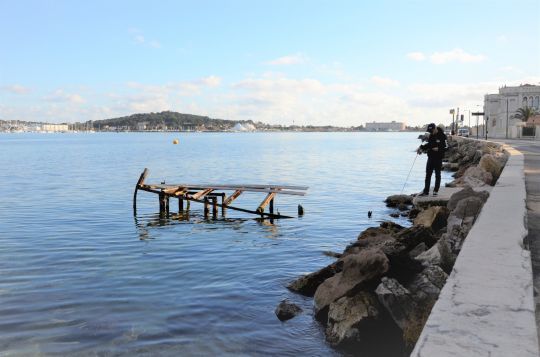
The expansion of human construction to the sea floor has inevitably destroyed a lot of potential shelter for rock fish. However, the speed of adaptation of the latter has allowed them to find caches that can sometimes seem surprising.
Dikes, the classic homes of a majority of rock fish, are composed of large stones piled from the bottom to the surface. They are used to break waves to protect a harbor, as well as to protect small fish from severe weather conditions. These rock piles are permanently inhabited by a multitude of species.
Polluting structures
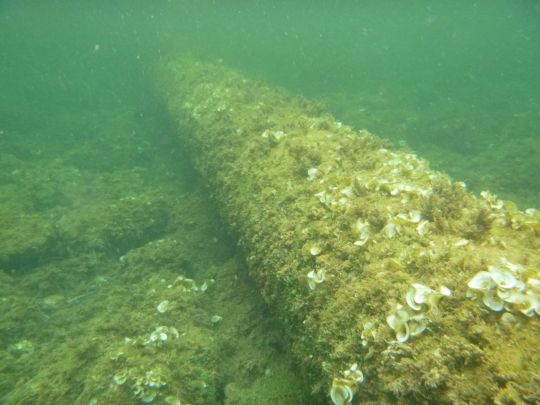
Some human structures like pipes, concrete slabs or tires are frequently used by fish. They serve as an entrenchment as well as a rock pile despite the negative effects on the quality of the environment.
All the objects unintentionally or voluntarily thrown into the sea will serve as lodgings. It is obviously reasonable to remove polluting objects at the risk of destroying a cache, in order to reduce the impact on the aquatic environment. The decomposition of certain materials reduces the quality of the water and therefore the quantity of fish. Although some objects may appear to be useful for certain species in the short term, it is in the long term that they will cause damage.

 /
/ 